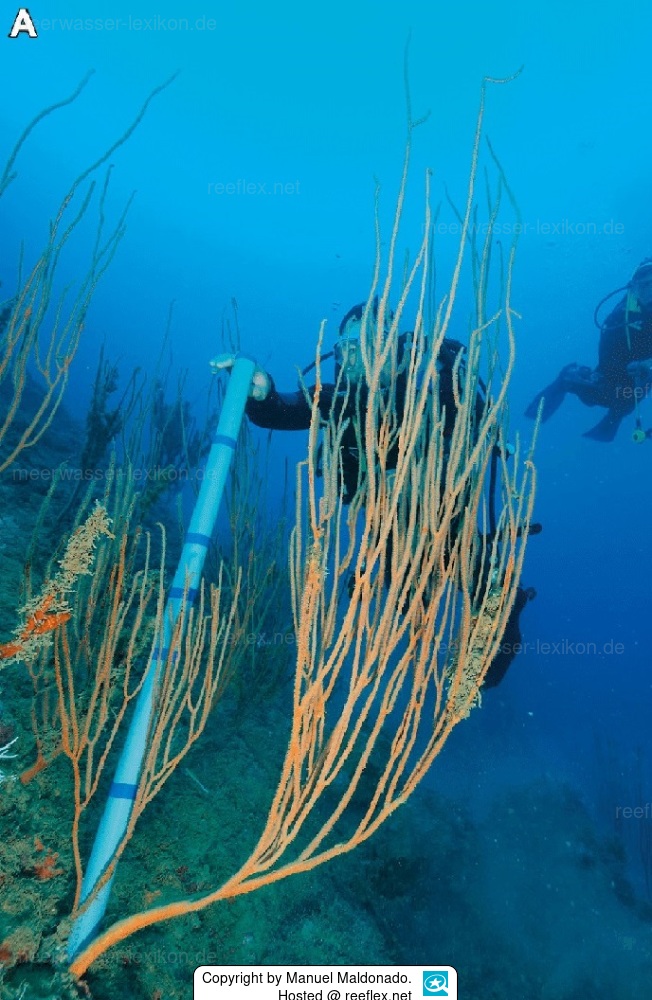Info
The gorgonian Ellisella paraplexauroides is one of the largest colonial invertebrates of the Mediterranean Sea and the only member of the genus
Ellisella (Anthozoa, Alcyonacea, Ellisellidae) that occurs in European waters (Grasshoff 1992). Chafarine Islands and Alborán Island
In the northeast Atlantic, the species occurs along the west coast of Africa (from Angola to Morocco), off the Canary Islands, and at some sites in southwestern Spain.
In the Mediterranean, Ellisella paraplexauroides has a discontinuous distribution in the Mediterranean and has been recorded only in isolated colonies on the offshore bank of Seco de los Olivos (Almeria, Spain), around Alboran Island, along the coasts of Ceuta and Melilla, at some sites off Algeria and Tunisia, and in the Strait of Sicily.
The depth distribution of the gorgonian is also interesting, 15 to 35 meters near the Strait of Gibraltar and around the around the Chafarinas Islands near Morocco, around the Canary Islands a colony was discovered by ROV in 790 meters.
The study, "The rare, giant gorgonian Ellisella para plex auroides: demographics and conservation concerns," relates water depth and distribution density of the gorgonian.
The deeper the corals settled, the lower the density of occurrence was.
Threats to gorgonians:
- Algal growth overgrowing seagrass beds and gorgonians (see page 22 in https://portals.iucn.org/library/sites/library/files/documents/RL-2017-003.pdf)
- illegal small-scale fishing with trawls, sport fishing, the use of traps and anchoring boats
- Shoreline disturbance and human activities can alter water chemistry and increase turbidity and sedimentation, impacting coastal
Coastal communities and gorgonians
- Disease from pathogenic microbes and abnormally high seawater temperatures
- Damage from predators (gastropods, crustaceans, capsulefish and polychaete).







 Dr. Manuel Maldonado, Spanien
Dr. Manuel Maldonado, Spanien







